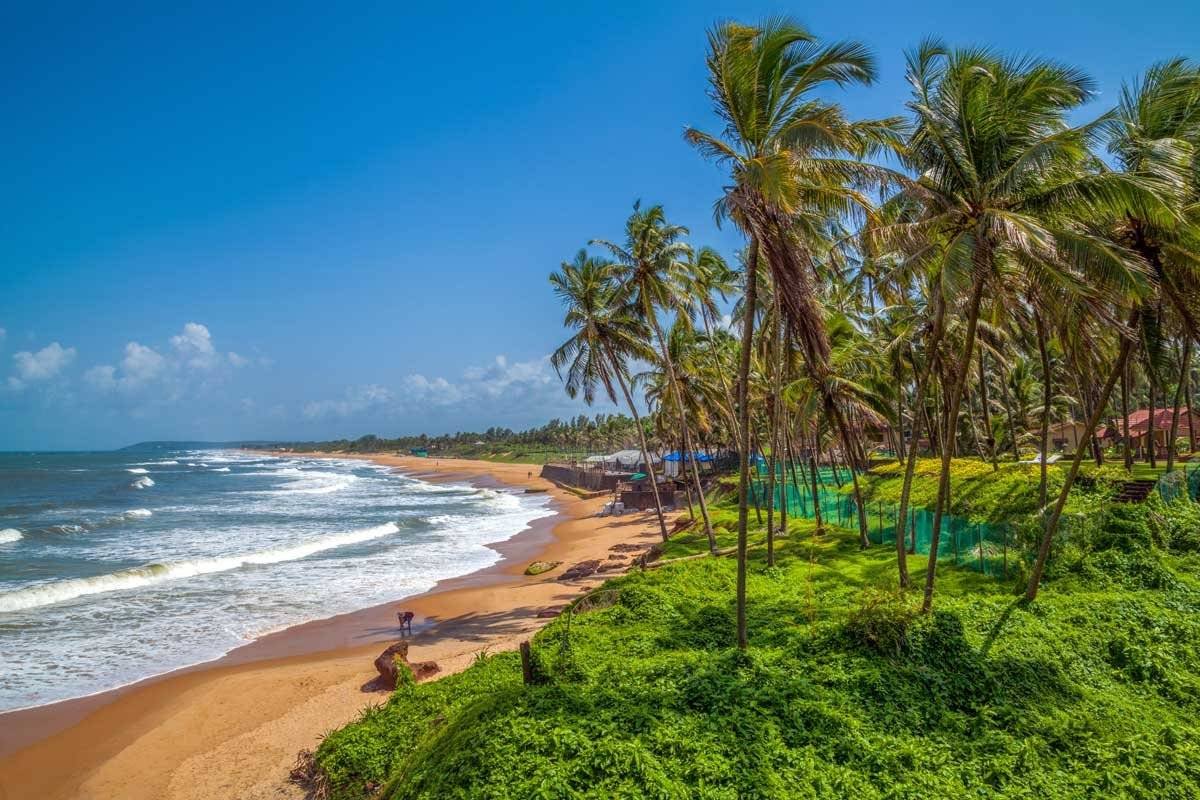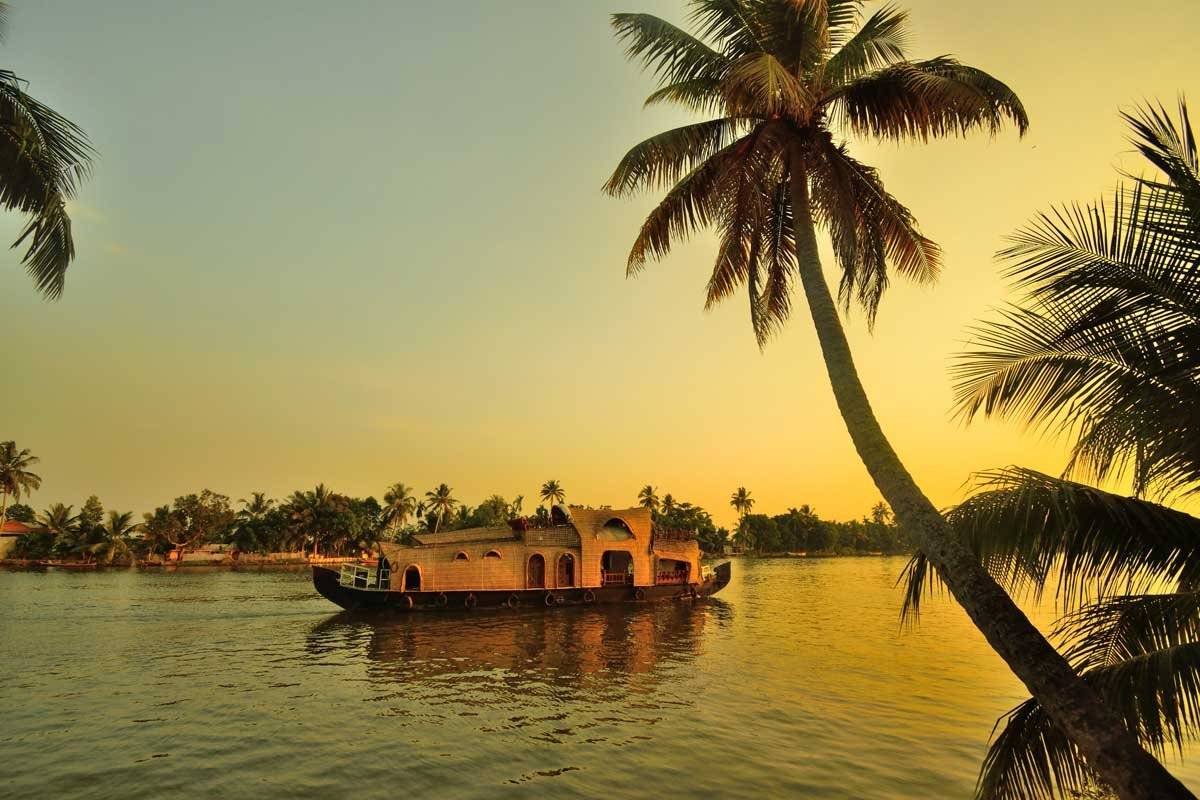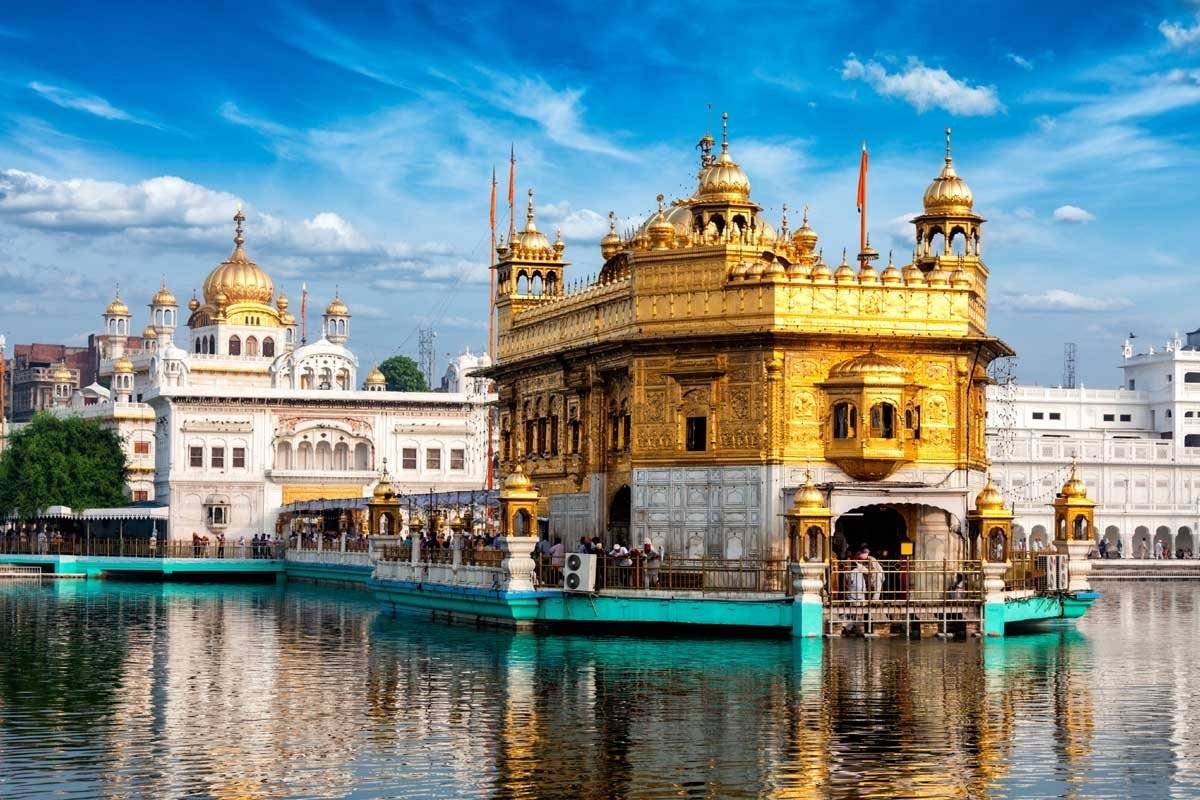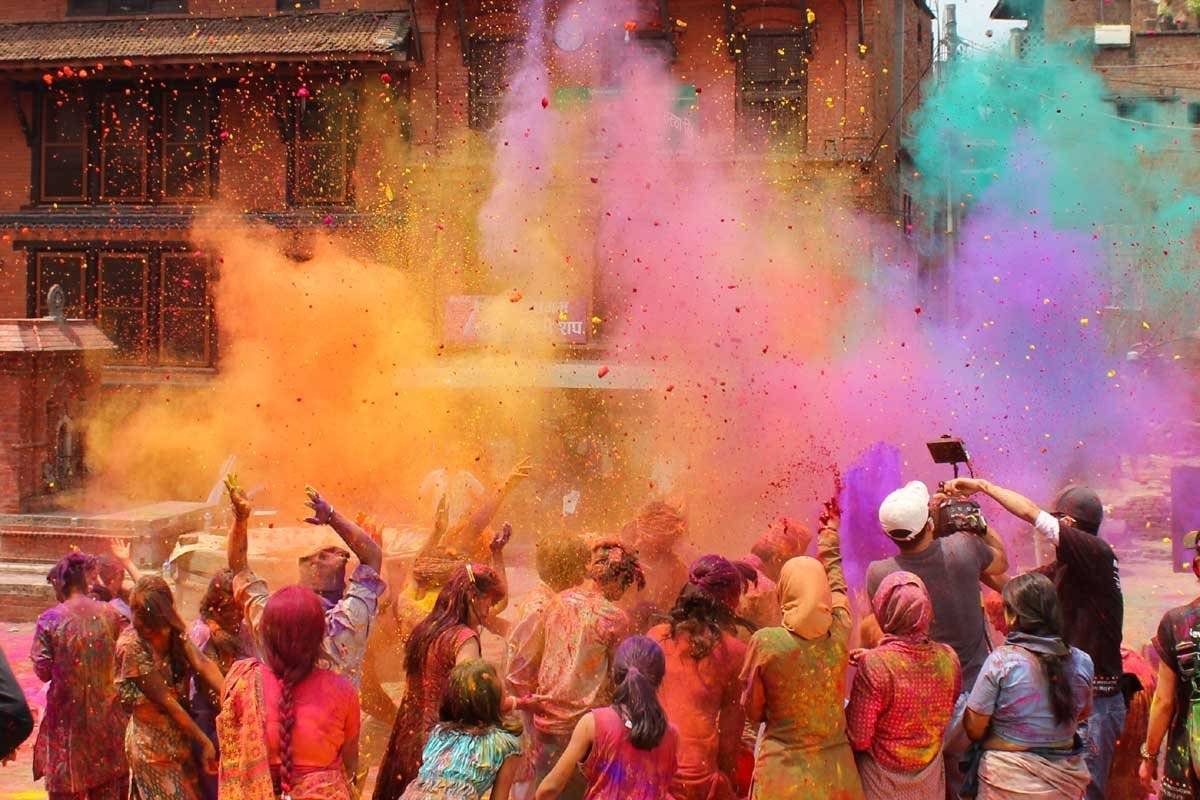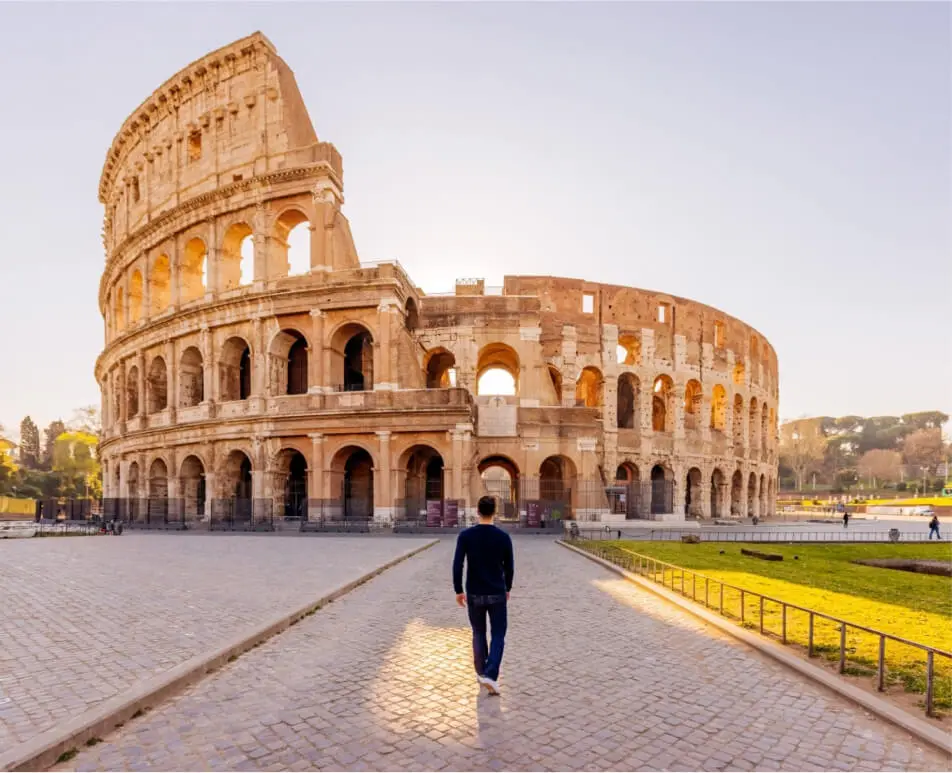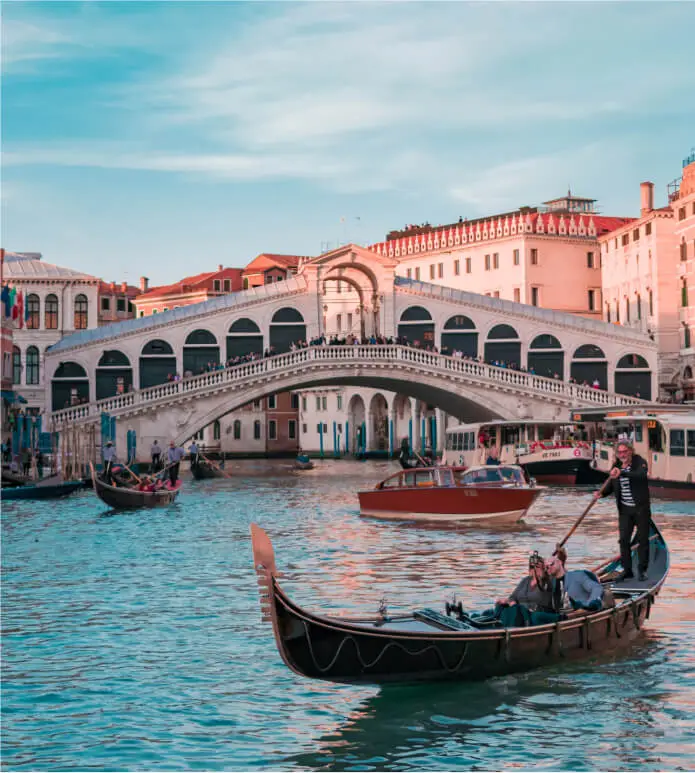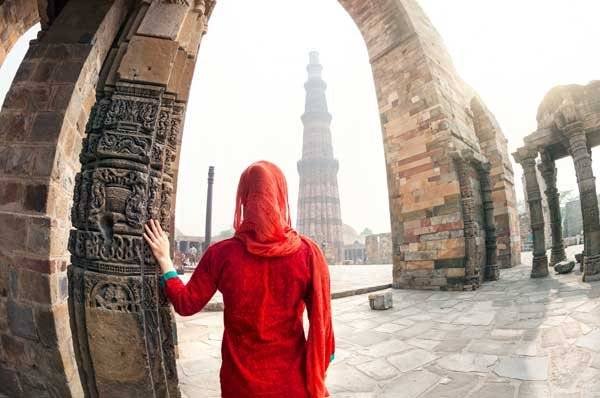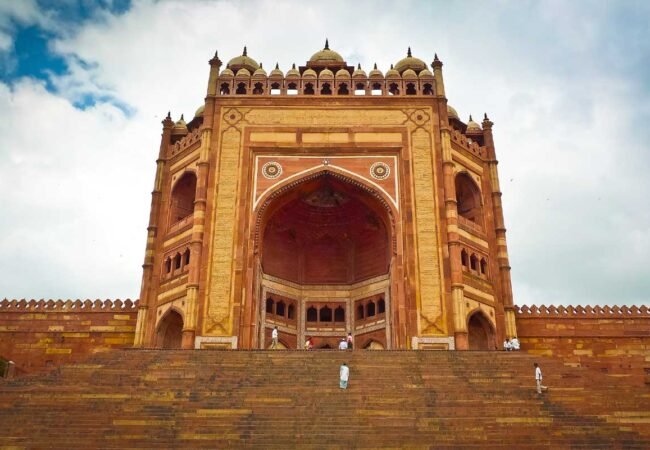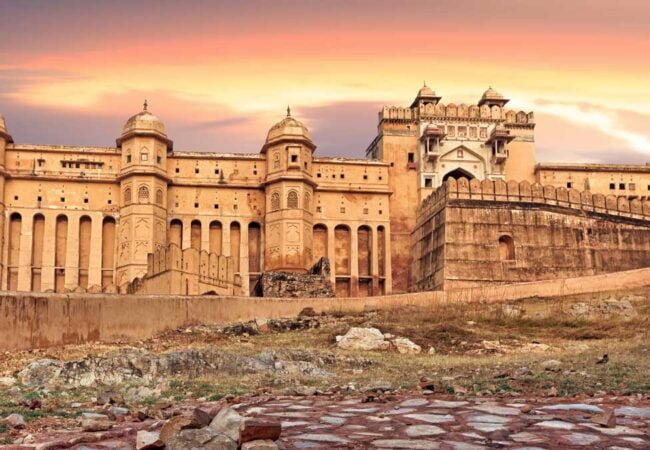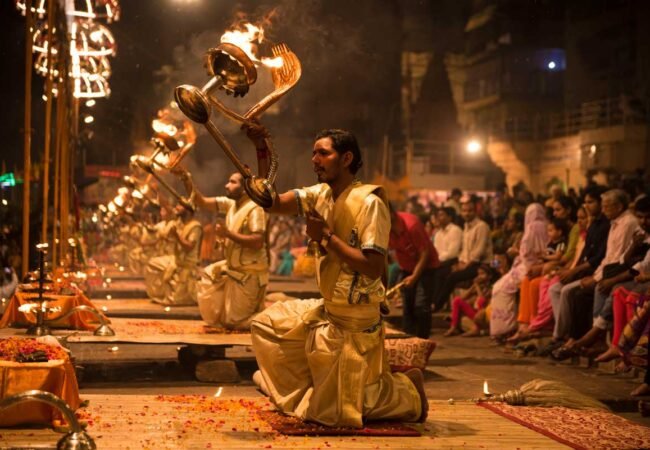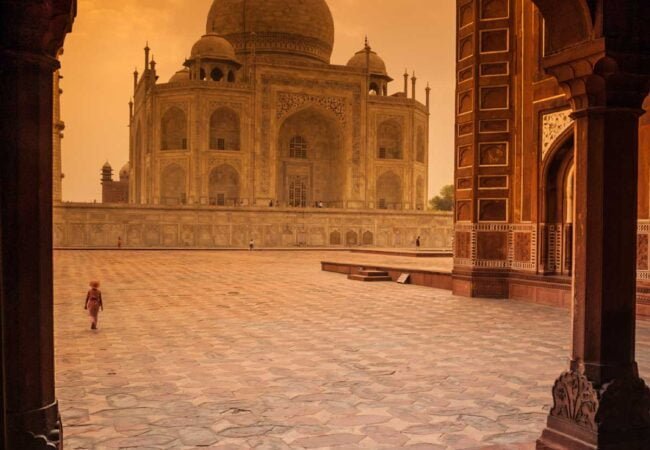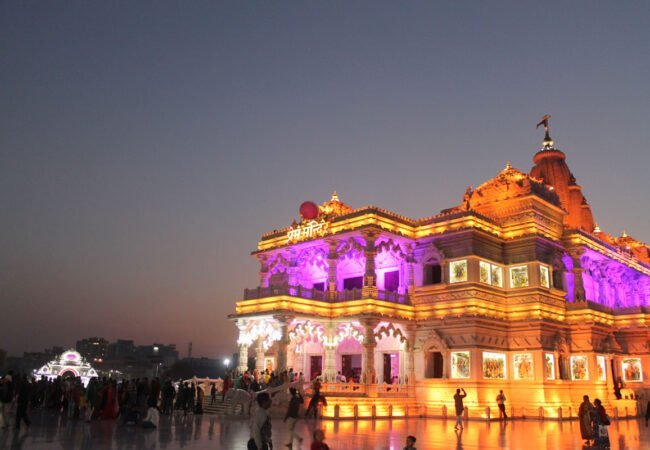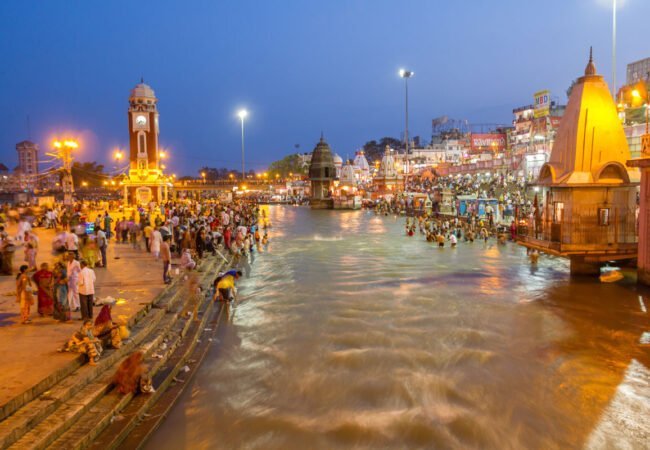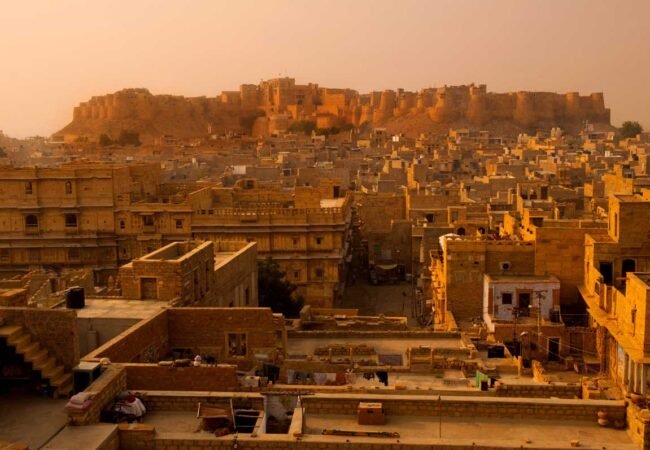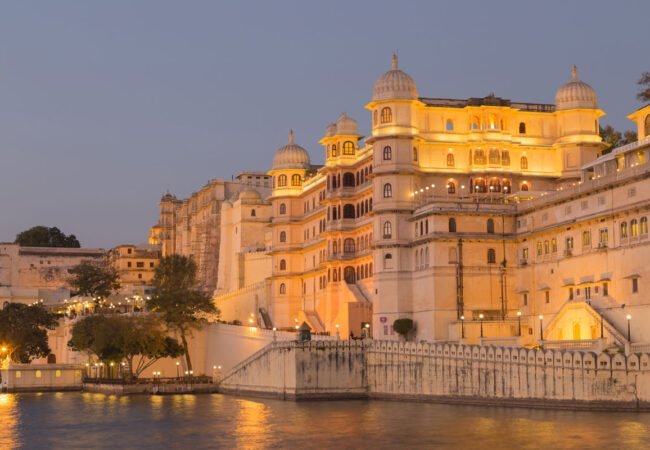Exploring Punjab: History, Geography, and Top Tourist Places
Introduction
Punjab, known as the “Land of Five Rivers,” is a vibrant state in northern India with a rich history and diverse cultural heritage. This article explores the historical significance, geographical features, and top tourist attractions of Punjab.
Short History of Punjab
Ancient Era
Punjab’s history dates back to ancient times, with evidence of the Indus Valley Civilization found in sites like Harappa. It was a region of great importance, serving as a melting pot of cultures and civilizations.
- Indus Valley Civilization: One of the world’s earliest urban cultures, with advanced cities like Harappa and Mohenjo-Daro located in what is now Pakistan’s Punjab province.
- Vedic Period: Punjab is mentioned in ancient Vedic texts as the home of several important early tribes and kingdoms.
Medieval Period
During the medieval period, Punjab was a battleground for various empires, including the Mauryas, Guptas, and later, the Mughals. The region saw the rise of Sikhism in the 15th century, founded by Guru Nanak Dev Ji.
- Sikhism: The religion was founded in the late 15th century by Guru Nanak Dev Ji, and it flourished in Punjab, becoming a dominant force in the region’s cultural and political landscape.
Colonial Era
In the 19th century, Punjab came under British colonial rule after the Anglo-Sikh Wars. The state played a pivotal role in India’s struggle for independence, with many freedom fighters emerging from this region.
Post-Independence
After India gained independence in 1947, Punjab was divided between India and Pakistan. Indian Punjab has since become one of the most prosperous states in the country, known for its agricultural productivity and vibrant culture.
Geography of Punjab
Location and Boundaries
Punjab is located in the northwestern part of India, bordered by the Indian states of Haryana, Himachal Pradesh, and Jammu and Kashmir, and sharing an international border with Pakistan.
Topography
Punjab’s topography is characterized by fertile plains, thanks to the network of rivers that flow through the region. The state is part of the larger Indo-Gangetic plain.
- Rivers: The five major rivers—Sutlej, Beas, Ravi, Chenab, and Jhelum—are crucial to the state’s agriculture and have historically been central to its identity.
- Plains: The fertile plains of Punjab are ideal for agriculture, making it the “Granary of India.”
Climate
Punjab experiences a typical northern Indian climate with hot summers, cold winters, and a monsoon season. The best time to visit is during the cooler months from October to March.
Top Tourist Places in Punjab
Amritsar
- Golden Temple: The holiest gurdwara of Sikhism, also known as Harmandir Sahib, renowned for its stunning architecture and spiritual significance.
- Jallianwala Bagh: A historic site commemorating the tragic massacre of peaceful Indian protesters by British forces in 1919.
- Wagah Border: Witness the famous border ceremony between India and Pakistan, a symbol of the enduring spirit of both nations.

Chandigarh
- Rock Garden: An innovative garden created by Nek Chand, featuring sculptures made from industrial and urban waste.
- Sukhna Lake: A beautiful man-made lake offering boating, walking paths, and scenic views.
- Rose Garden: Asia’s largest rose garden, with thousands of varieties of roses and other flowers.
Ludhiana
- Punjab Agricultural University Museum: Showcasing the agricultural history and rural life of Punjab.
- Phillaur Fort: A historic fort with a rich past, now serving as a police training academy.
Patiala
- Qila Mubarak Complex: A historic fort and palace complex that once served as the residence of the Patiala royal family.
- Sheesh Mahal: Known as the “Palace of Mirrors,” featuring intricate mirror work and a museum with a collection of manuscripts and paintings.
Jalandhar
- Devi Talab Mandir: An ancient temple dedicated to Goddess Durga, with beautiful architecture and a sacred pond.
- Pushpa Gujral Science City: A science park with interactive exhibits, IMAX theater, and various educational activities.
Anandpur Sahib
- Anandpur Sahib: One of the holiest places in Sikhism, known for its gurdwaras and the annual Hola Mohalla festival, which features martial arts displays, mock battles, and religious music.
Bathinda
- Qila Mubarak: An ancient fort with a history dating back to the Kushan period, offering panoramic views of the city.
- Chetak Park: A scenic park with boating facilities and lush green surroundings, perfect for a family outing.
Kapurthala
- Jagatjit Palace: A stunning palace built in French and Indo-Saracenic architectural styles, now serving as the Sainik School.
- Kanjli Wetlands: A beautiful wetland area that is a haven for birdwatchers and nature enthusiasts.
Conclusion
Punjab is a land of rich history, diverse geography, and vibrant culture. From the spiritual ambiance of the Golden Temple in Amritsar to the modern charm of Chandigarh, Punjab offers a unique blend of ancient heritage and contemporary attractions. Whether you’re exploring its historic sites, enjoying its natural beauty, or immersing yourself in its lively traditions, Punjab promises an unforgettable experience.


